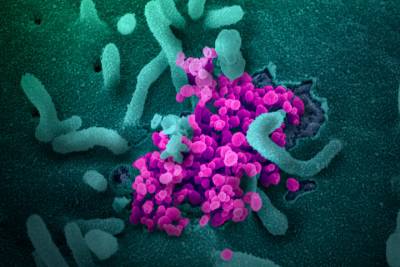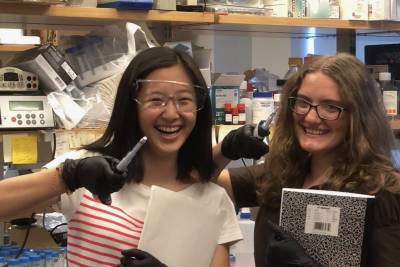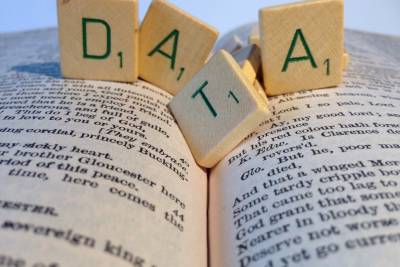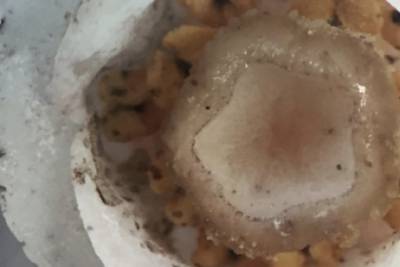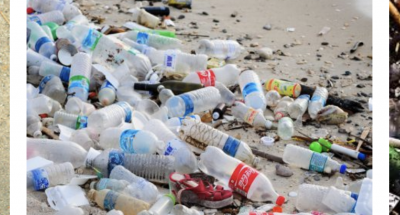What Science Diplomacy Taught Me About Science

Editor’s Note: This blog is a rereleased post from June 2016. In this post, former Ph.D. student, Maryam Zaringhalam navigates through her experience in the Rockefeller University Science Diplomacy course. At the time, the Rio Olympics were coming up and Zika virus was a daily news topic. Maryam uses the “dark cloud” of the Zika epidemic as a segue into her exposure to Science Diplomacy; the intersection between Science and Policy.
With the Rio Olympic games around the corner, I am reminded of the unifying power of sports. At the risk of playing into the stereotype of a scientist, I must admit I am by no means a sports fan. But I cannot help but admire that for the last 120 years, nations have set aside their differences to congregate in competition. Of course, this year’s Olympics have also been surrounded by a darker cloud: the looming global threat of Zika virus. With a coalition of scientists around the world mobilizing to address this danger, the epidemic underscores the unifying power of yet another more unsung global endeavor: science. International scientific cooperation is nothing new. From the threat of epidemics to the mysteries of our origins, the questions and challenges scientists tackle are universal. The language we use to discuss them, a common tongue. Despite this international view of science, the term “Science Diplomacy (SD)” still sounded strange to my ear. The concept of scientist as diplomat struck me as paradoxical — a stark contrast between the archetypes of the antisocial, hyperintellectual scientist and the sleek, socially savvy diplomat. That is, until I took Rockefeller University’s Science Diplomacy course taught by Mandë Holford, Jesse Ausubel, and Rod Nichols. An initiative funded by the generosity of the Hurford Foundation, the six-week crash course that culminated in a two-day trip to D.C. provided a window into the many facets of SD with firsthand accounts from thinkers working at all corners of the field. So, before we go any further, an even speedier orientation to the three flavors of SD:
- Science in diplomacy employs scientific findings in foreign policy objectives (think Climate Change and COP21 agreement made in Paris December 2015).
- Diplomacy for science utilizes diplomacy to facilitate international scientific collaboration and cooperation (think International Space Station).
- Science for diplomacy takes advantage of common scientific objectives to build and improve diplomatic relationships (think US-Cuba vaccine programs, or US-North Korea geohazard projects on earthquakes).
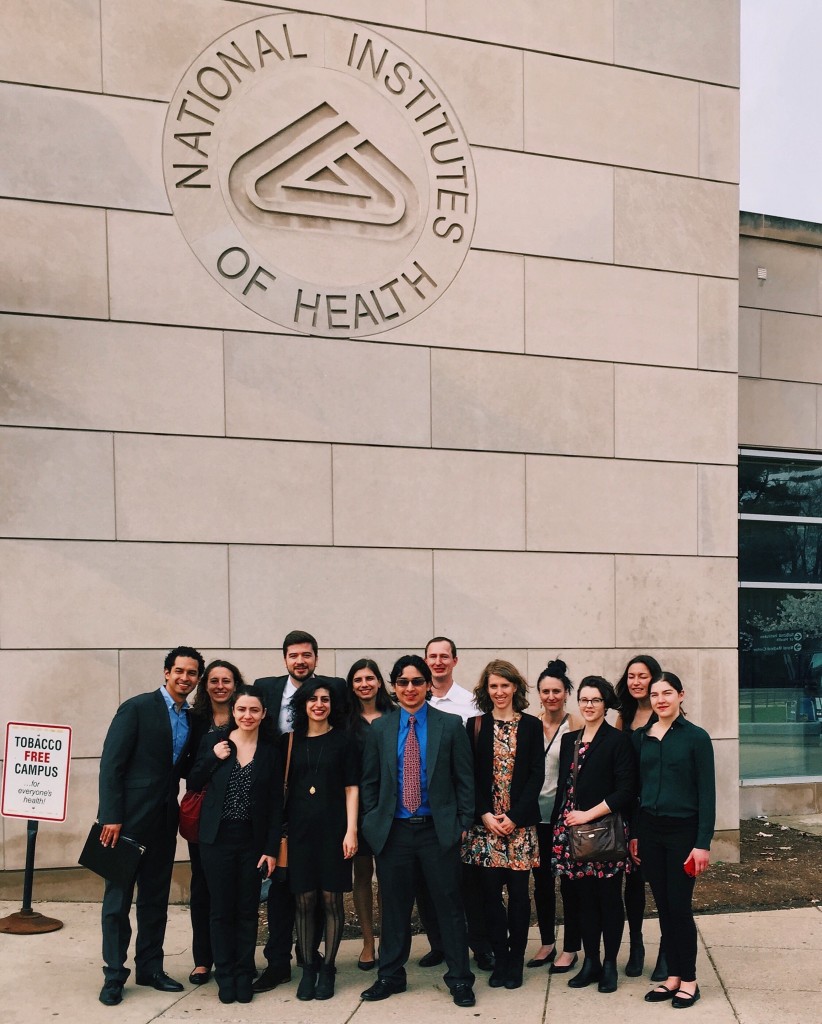
The modern practice of science — the funding sources and research agenda — has deep roots in science diplomacy. This theme became increasingly apparent during our trip to Washington, D.C. Every office and agency we visited emerged from or dealt with international conflict. Our first stop was the Office of Net Assessment at the Department of Defense, which was founded during the thick of the Cold War to identify American strategic advantages against the Soviet Union. Our next stop was to the NGO CRDF Global, which was established after the fall of the Iron Curtain to provide research and development opportunities for scientists and engineers from the former Soviet Union. Our DC trip culminated with a visit to the U.S. State Department, the bastion for dealing with international conflict. When I raised the question of this theme, I was stunned to learn that the NSF, a purely domestic agency, was founded following World War II to create more research opportunities for scientists who were previously employed in the war effort. As a biologist, science has always felt deeply immediate and relevant. But to hear about science in the current global landscape — from rescuing scholars in Syria to contemplating the amorphous threat of cyberterrorism — added new, concrete, human stakes I had failed to appreciate my entire career.
At Rockefeller, our motto is “science for the benefit of humanity.” But hunched over a microscope, buried deep in the details of our hypothesis du jour, we can quickly lose sight of the global import of our work — how the results may be incorporated into health policy or how our collaborations may build bridges between countries. A quintessential case in point: the Director of International Affairs for the American Society for Microbiology, Dr. Jason Rao, had to cancel his session with us, faced with the growing urgency of the Zika outbreak. Listening to our guests’ varied experiences (at least when they weren’t off fighting epidemics) illuminated how science fits into a worldwide ecosystem. The scientific endeavor is built on rational thinking, open-mindedness, objectivity, and a responsibility to furthering humanity. So scientists, committed to honoring those tenets, are primed to act as diplomats for its cause. What was most exciting about the course, however, was the international makeup of my fellow classmates, who together embodied the very spirit of science diplomacy. My favorite class was one in which we used iClicker technology to live poll the room to answer a series of questions ranging from which global issue is the most pressing to what country is the biggest concern for American national interests. To listen to how a room full of my peers from around the world approached the same questions and challenges drove home the importance of SD.
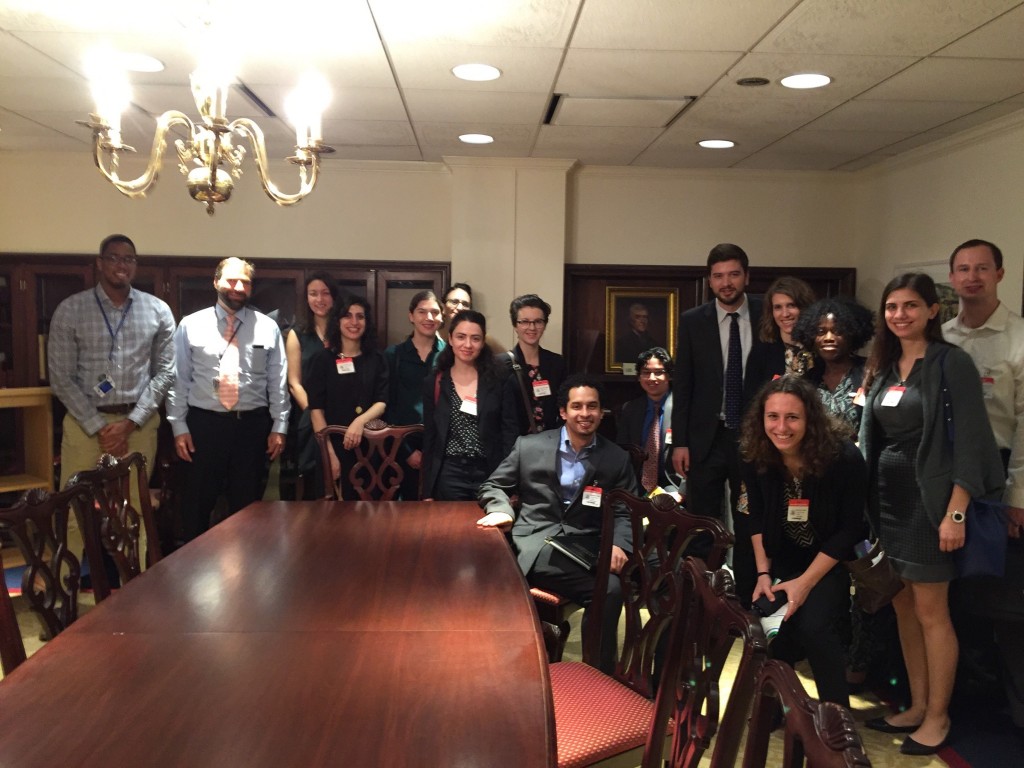
Because science is tackling some of the biggest questions known to humankind, we need all hands on deck. Progress hinges on diverse personalities, backgrounds, philosophies, and points of view at the table — or lab bench. But to get all those hands on deck, we need cooperation and a working vocabulary to communicate effectively, which is what SD can provide. So to appreciate science diplomacy is to appreciate the past, present, and future of the scientific endeavor.



